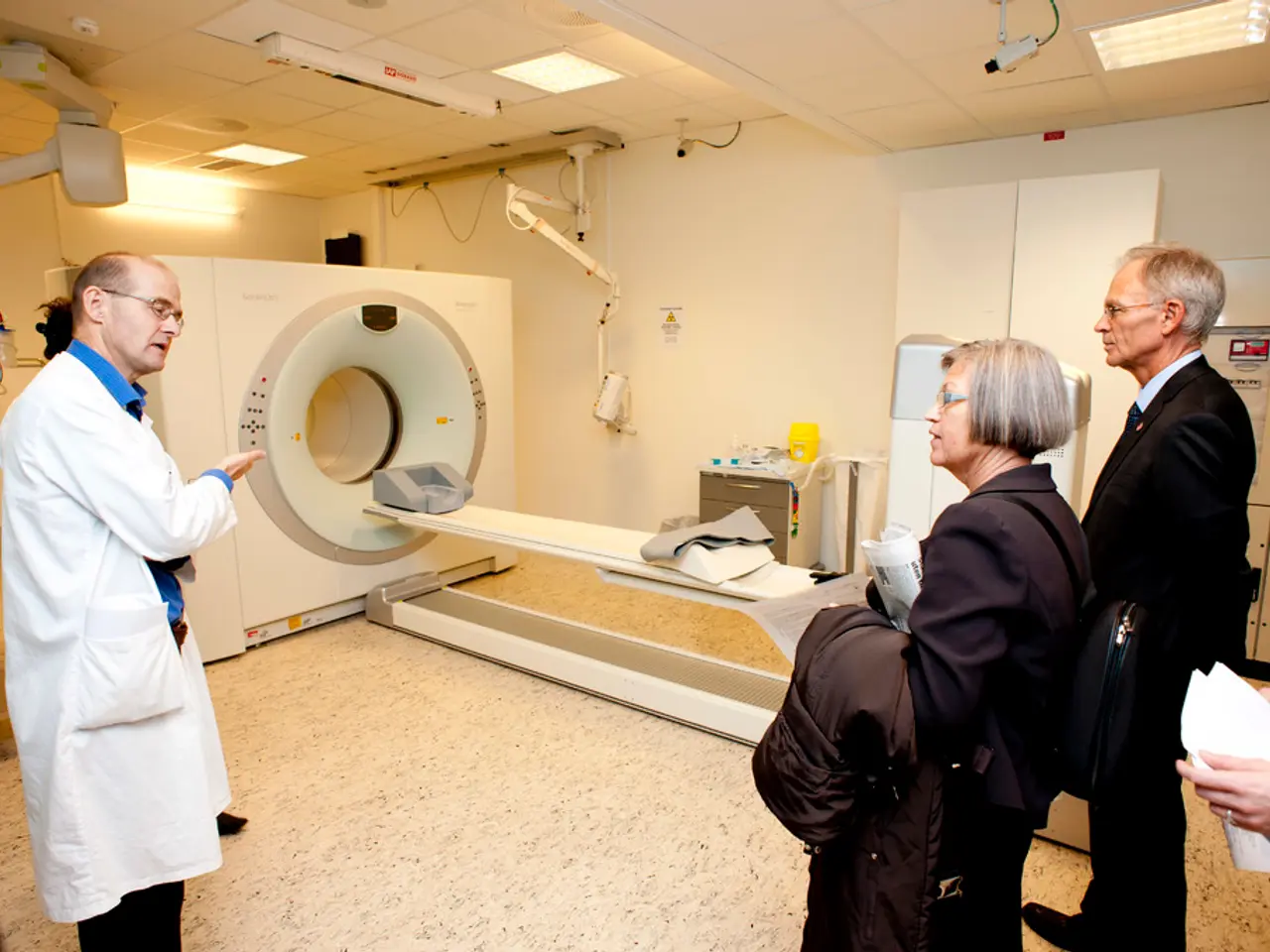Perform CPR after confirming an unresponsive adult: This instruction suggests that Cardiopulmonary Resuscitation (CPR) should be initiated following the detection of unresponsiveness in an adult patient.
Assessing and Caring for an Unresponsive Adult: A Systematic Approach
When faced with an unresponsive adult, it's essential to act quickly and follow a systematic approach to ensure the best possible outcome. Here's a step-by-step guide on how to assess and care for an unresponsive adult.
- Check Responsiveness First, gently shake the person’s shoulders and loudly ask, "Are you okay?" This will help determine if they respond to verbal or physical stimuli. If they don't, it's important to assess their level of responsiveness using the AVPU scale, if you're trained to do so: Alert, responds to Verbal stimuli, responds to Painful stimuli, or Unresponsive.
- Call for Help If the patient is unresponsive, immediately call for emergency medical services (EMS) or ask a bystander to do so. Early activation of help is critical for survival.
- Assess Breathing Look, listen, and feel for normal breathing for no more than 10 seconds. Watch for the chest rising and falling, listen for breath sounds, and feel for airflow on your cheek. Be aware that agonal gasps (irregular, gasping breaths) are abnormal and still require CPR. If breathing is absent or abnormal, prepare to start CPR immediately.
- Check for Pulse Quickly check the carotid pulse (side of the neck) for up to 10 seconds to determine if the heart is beating. If no pulse is detected, or you are unsure, start CPR right away with chest compressions and rescue breaths.
- Open the Airway Use the head-tilt-chin-lift method (if no neck injury is suspected) or jaw thrust maneuver (if spinal injury is suspected) to open the airway and facilitate breathing or rescue breaths.
- Begin CPR if Necessary Start with chest compressions (place hands on the center of the chest and push hard and fast, 100-120 compressions per minute). Follow with opening the airway and giving 2 rescue breaths, ensuring the chest rises with each breath. Repeat the cycle 30 compressions to 2 breaths until EMS arrives or the patient regains breathing and responsiveness.
- Recovery Position (if breathing but unconscious) If the patient is unresponsive but breathing normally, place them in the recovery position to maintain airway patency and prevent aspiration.
This systematic approach prioritizes safety, rapid identification of life-threatening conditions, and timely intervention to optimize survival chances in an unresponsive adult. If the patient is not breathing or only gasping, or if a pulse is absent or weak, immediate action is required, such as initiating cardiopulmonary resuscitation (CPR). Effective communication and providing relevant information to medical professionals are key in providing the best possible care for an unresponsive adult patient. When dealing with an unresponsive adult patient, it is crucial to swiftly assess and provide appropriate treatment.
Incorporating the provided words, the following sentences can be added to the text:
- Mental health is equally crucial when dealing with an unresponsive adult. Therapies and treatments for mental health issues can play a significant role in a comprehensive care plan for such patients.
- Within the realm of health-and-wellness, understanding the science behind various health conditions and responding in a timely manner can significantly impact the overall outcome for an unresponsive adult.




